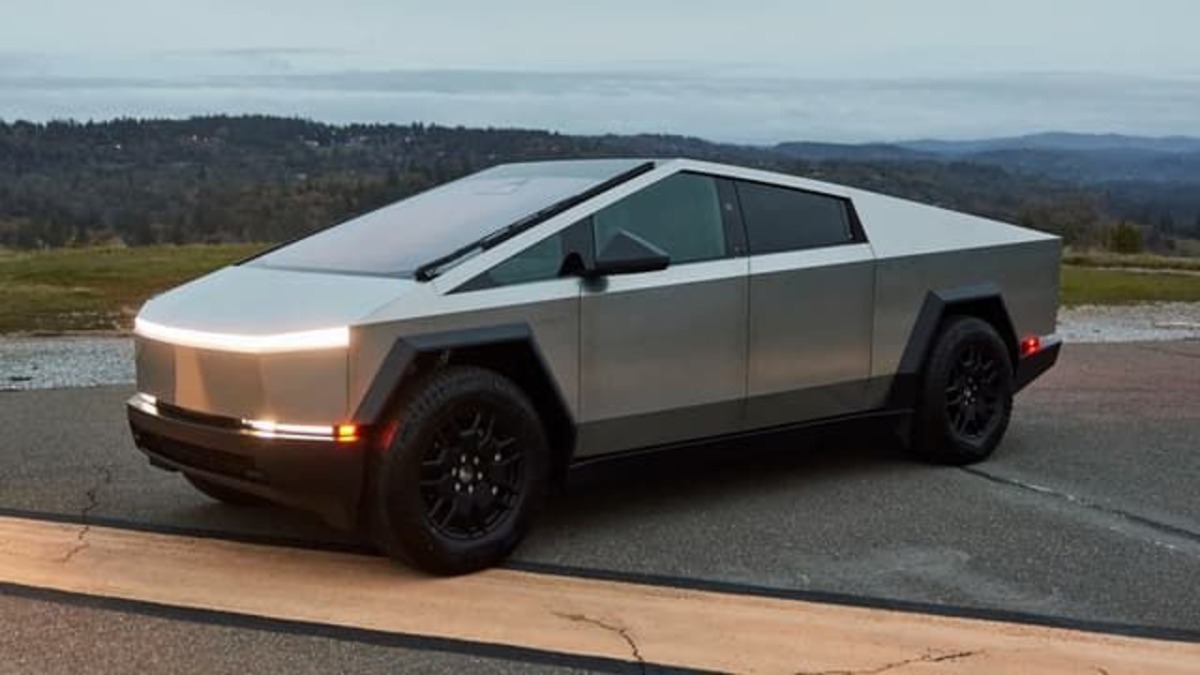Tesla has revolutionized the automotive industry, transforming electric vehicles (EVs) from niche products into mainstream contenders in the global market.
While Tesla’s innovation in electric drivetrains, autonomous driving, and software integration has received widespread praise, it’s also become apparent that the company still faces significant challenges in terms of build quality.
As one of the fastest-growing car manufacturers, Tesla has constantly had to balance its cutting-edge technology with the practicalities of mass production. The result has been a spectrum of experiences when it comes to the construction and durability of its cars.
The issue of rattles in Tesla cars has been a recurring topic among owners and reviewers. Early models, including the Model S and Model X, were widely criticized for their build quality, with many reporting unsettling squeaks, rattles, and general fitment issues in both the interior and exterior. This was a notable concern, especially given that Tesla positioned itself as a luxury automaker.
The Model S, which debuted as a high-end electric sedan, was initially hailed as a marvel of technology but was also plagued with rattles from various sources — a sharp contrast to the expectations set by its price and reputation.
Similarly, the Model X’s futuristic falcon-wing doors and large glass roof created both excitement and frustration, as the complexity of these features often led to operational issues and noise. Even more recent models like the Model 3 and Model Y, while being more affordable and mass-market-oriented, have had their own share of rattling complaints.
On the other hand, some Tesla vehicles have improved significantly in terms of build quality, offering rock-solid construction that aligns with the high standards of performance and design Tesla has become known for.
The latest versions of the Model S, Model 3, and Model Y have demonstrated a substantial improvement in this regard, with many of the early issues being addressed by Tesla’s evolving manufacturing processes.
The Model 3, for example, which faced extensive criticism upon its initial release for quality issues, has seen considerable refinement in later iterations. Improvements to fit and finish, a reduction in cabin noise, and better attention to detail have transformed the Model 3 into a solid contender in the EV space, offering both performance and durability.
Similarly, the Model S has become a flagship product that embodies the best of what Tesla has to offer, with a sleek design, incredible performance, and a much more refined build.
Tesla’s commitment to improvement and its ability to learn from past mistakes is one of the factors that have propelled the brand forward. However, while some of its models have achieved nearly faultless builds, others continue to suffer from lingering issues like rattles and squeaks.
As Tesla prepares to release newer models, like the much-anticipated Cybertruck, it remains to be seen whether they will continue to address these build quality issues or whether they will follow the same pattern seen in the earlier releases.
In this article, we’ll take a closer look at 5 Tesla models that have developed a reputation for having rock-solid builds, and 5 models that, despite their innovative technology, still struggle with the persistent issue of rattles and interior noise.
This comparison will help potential buyers better understand the evolution of Tesla’s construction quality and how it impacts the driving experience.
Also Read: 5 Car Key Systems That Rarely Fail And 5 That Leave You Stranded
5 Tesla Models with Rock-Solid Builds
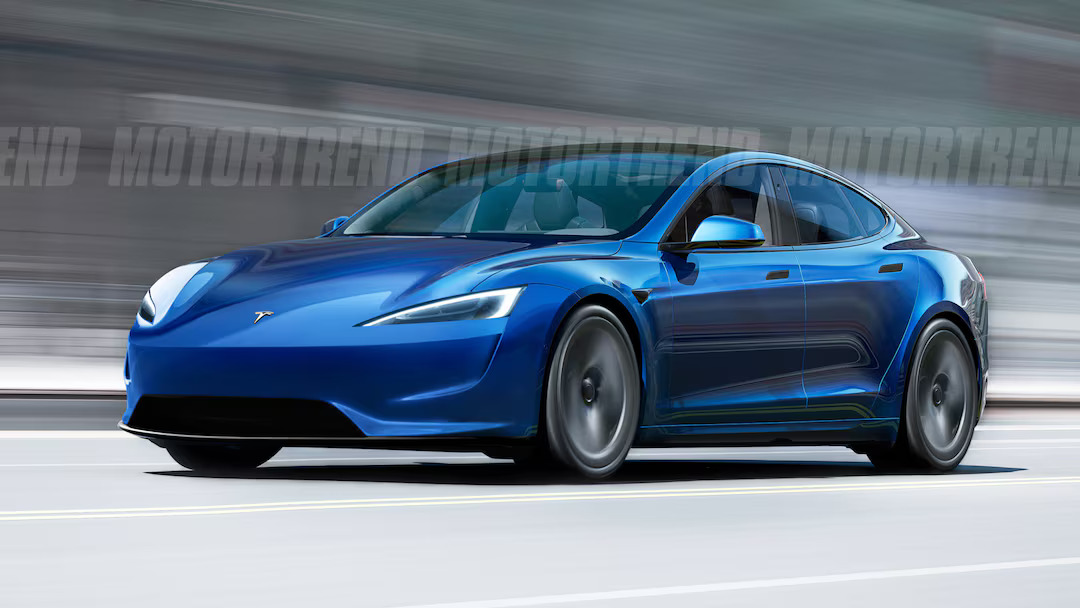
1. Tesla Model S (2012-Present)
The Tesla Model S has long been considered the flagship vehicle for Tesla, representing the pinnacle of what the brand is capable of in terms of performance, technology, and design.
Initially, the Model S garnered attention for its groundbreaking electric drivetrain and impressive range, but in terms of build quality, the first few years were marked by some inconsistencies.
Early models, produced from 2012 to around 2014, faced complaints about panel gaps, fitment issues, and some interior trim pieces not meeting the high standards expected from a luxury sedan.
Despite these early growing pains, the Model S gradually evolved into a vehicle praised for its sturdiness and refinement, particularly in more recent models.
As Tesla refined its production processes, the Model S’s build quality took a significant leap forward. The materials used in both the exterior and interior have become more premium over time, with high-strength steel and aluminum contributing to a solid and durable structure.
One of the hallmarks of the latest iterations of the Model S is its rigid, quiet cabin. Many owners report that there is little to no rattling, even at highway speeds or when driving on rougher roads. This is due, in part, to the enhanced assembly processes that have addressed the issues with panel fitment that were once prevalent.
As a result, the Model S is now praised for its rock-solid construction and smooth, noise-free ride. Interior materials, such as leather upholstery, high-quality plastics, and the polished finish of the center console, all contribute to an atmosphere that feels both sophisticated and robust.
In addition to build quality, Tesla has invested in improving the Model S’s structural integrity. The car’s underlying platform is designed with safety in mind, incorporating advanced crumple zones and a rigid, low-mounted battery pack that helps keep the car stable and secure.
This ensures that the car not only feels solid while driving but also provides confidence in its durability and crashworthiness.
Whether it’s the flawless fit of the doors, the noise-cancelling materials used in the cabin, or the smooth driving dynamics, the Model S is now one of the prime examples of a Tesla vehicle with rock-solid build quality. For drivers who prioritize a quiet, premium experience, the Model S continues to deliver without compromise.

2. Tesla Model X (2015-Present)
When the Tesla Model X debuted in 2015, it introduced a number of revolutionary features, most notably its falcon-wing doors, which garnered significant attention for their unique design. However, as is often the case with new innovations, the Model X was initially plagued by some build quality issues.
Early models suffered from rattles, issues with door alignment, and panel gaps that didn’t meet the high standards expected of a luxury SUV. These teething problems were especially noticeable given that the Model X’s cutting-edge technology and futuristic design were at the forefront of what Tesla was trying to achieve.
However, over time, Tesla addressed many of these early build quality concerns, and the Model X has since become one of the brand’s most solid vehicles.
The improvements Tesla made to the vehicle’s production process have resulted in much better fitment and finish in recent years. Panel gaps are now much tighter, and the construction of the vehicle feels much more cohesive and refined.
The Model X’s spacious interior is now lined with premium materials, including leather, soft-touch plastics, and brushed metal accents that give the cabin a luxurious feel. The quiet, almost serene atmosphere inside the car is a testament to Tesla’s commitment to improving build quality, with minimal road noise and very little rattling during typical driving.
In addition to the improvements made in manufacturing, Tesla’s attention to the structural integrity of the Model X has also contributed to its durability.
The large glass roof is not only an aesthetic feature but is designed to be incredibly durable, helping to keep the vehicle rigid and free of the usual creaking noises that often plague large SUVs with expansive glass panels. The construction of the Model X has also been optimized for passenger safety, with its reinforced structure and low center of gravity due to the battery placement.
The vehicle’s construction makes it both a safe and comfortable ride, with an build quality that ensures it stands the test of time. While the falcon-wing doors might still cause some concerns for potential buyers due to their complex mechanisms, the build of the Model X is one of Tesla’s best, showcasing how far the brand has come since its debut.

3. Tesla Model 3 (2017-Present)
The Tesla Model 3 is one of the most important vehicles in Tesla’s lineup, and not just because it’s more affordable than the Model S or Model X. It’s the car that opened up the electric vehicle market to a broader audience, allowing more drivers to experience Tesla’s cutting-edge technology and performance.
When the Model 3 first arrived on the market, it was plagued by numerous quality control issues, including misaligned body panels, visible gaps between doors and fenders, and poorly fit interior components.
These early production issues were part of the growing pains that come with ramping up production, but they quickly became a concern for many buyers who expected the same level of attention to detail that Tesla had given to its more premium models.
However, Tesla quickly learned from these early mistakes and worked tirelessly to improve the Model 3’s build quality. The most recent versions of the Model 3 are a stark contrast to the early production models. Fit and finish have improved drastically, with body panels aligning seamlessly and interior pieces fitting together with a precision that was previously lacking.
The interior materials, once criticized for their basic quality, have seen upgrades, and now the Model 3 features premium fabrics, soft-touch plastics, and high-quality trim pieces that make it feel far more refined than its price point would suggest.
In addition to improvements in interior and exterior build quality, the Model 3 has also received significant attention in terms of its structural integrity.
Tesla has introduced new methods of manufacturing and assembly that ensure the vehicle remains rigid and free from unwanted noises during operation. Road noise is kept to a minimum, and rattles, once a common complaint, are now almost non-existent in later production runs.
The Model 3 has become an example of how far Tesla has come in terms of build quality, proving that it can offer a well-constructed vehicle that doesn’t sacrifice performance or design for durability. For those looking for a more affordable Tesla with a rock-solid build, the Model 3 is the perfect choice.
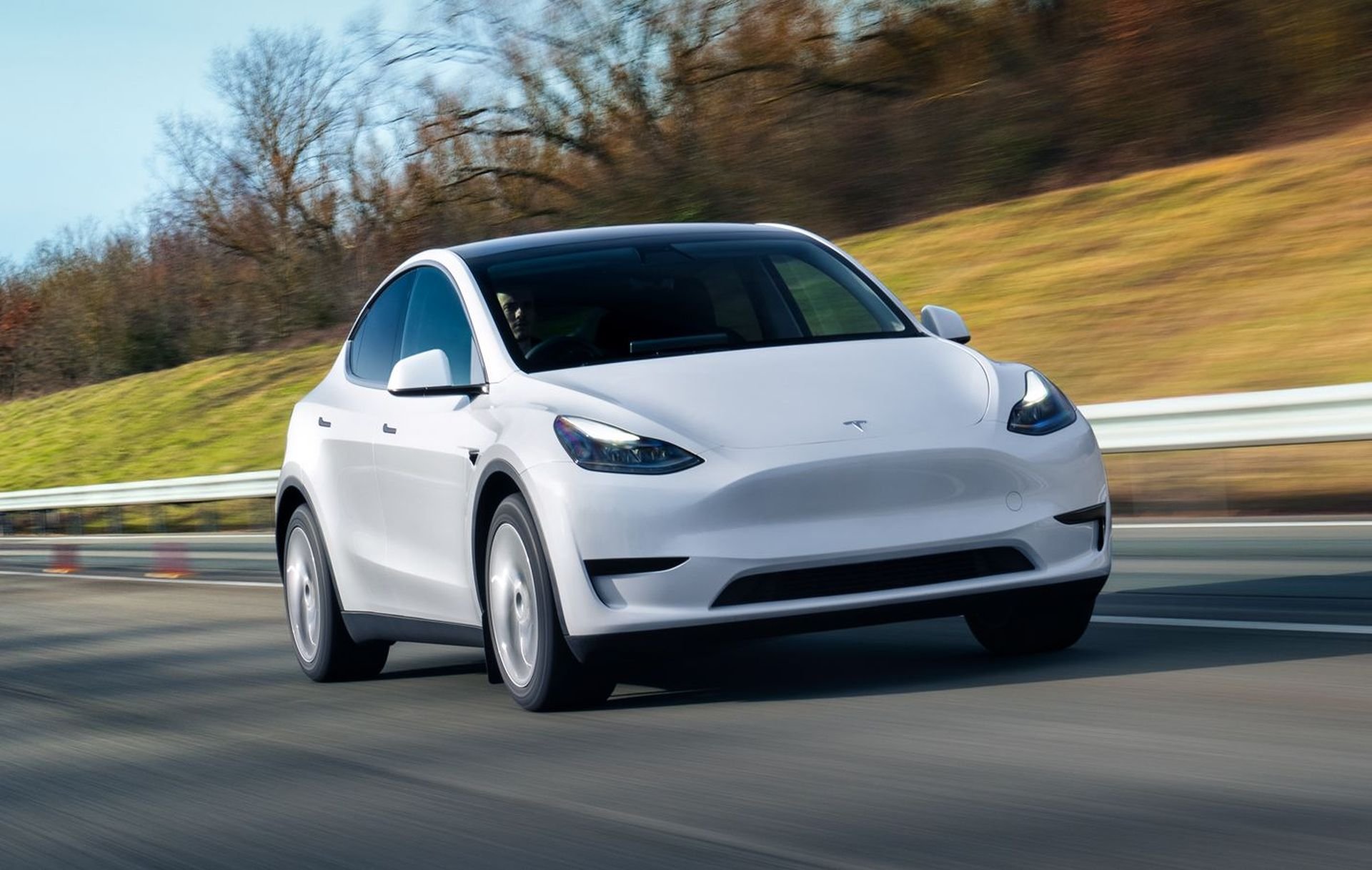
4. Tesla Model Y (2020-Present)
The Tesla Model Y, which shares much of its underpinnings with the Model 3, has become one of the most popular electric vehicles on the market. When it was first released, the Model Y had some initial build quality issues, particularly with panel gaps, door alignment, and trim pieces.
However, much like the Model 3, Tesla has made significant strides in improving the build quality of the Model Y over time. Today, the Model Y is widely regarded as one of Tesla’s most solid-feeling vehicles, with tight body panel gaps, smooth lines, and a much-improved interior fit and finish.
One of the standout features of the Model Y is its spacious and well-crafted interior. Unlike some earlier Tesla models, the Model Y’s cabin feels cohesive and well-constructed, with no rattles or squeaks disrupting the driving experience. The minimalist design is paired with high-quality materials, including premium plastics, leatherette upholstery, and an easy-to-use infotainment system.
The focus on durability is evident in the way that Tesla has ensured that all the interior components are securely fastened, and the cabin is free from the creaks and rattles that often plague other electric vehicles.
Additionally, the Model Y benefits from Tesla’s continued commitment to enhancing its structural integrity. The vehicle’s battery pack is mounted low in the chassis, which gives the Model Y a low center of gravity and contributes to its stability on the road.
The high-strength steel and aluminum used in the construction of the Model Y give it a rigid and durable structure, ensuring that the car feels solid even after years of use.
Whether it’s on rough terrain or smooth highways, the Model Y is one of the most reliable Teslas when it comes to build quality. The improvements to the Model Y are a direct result of Tesla’s growing manufacturing expertise, and the vehicle stands as a testament to the company’s ability to refine its vehicles and produce rock-solid cars that can endure the test of time.
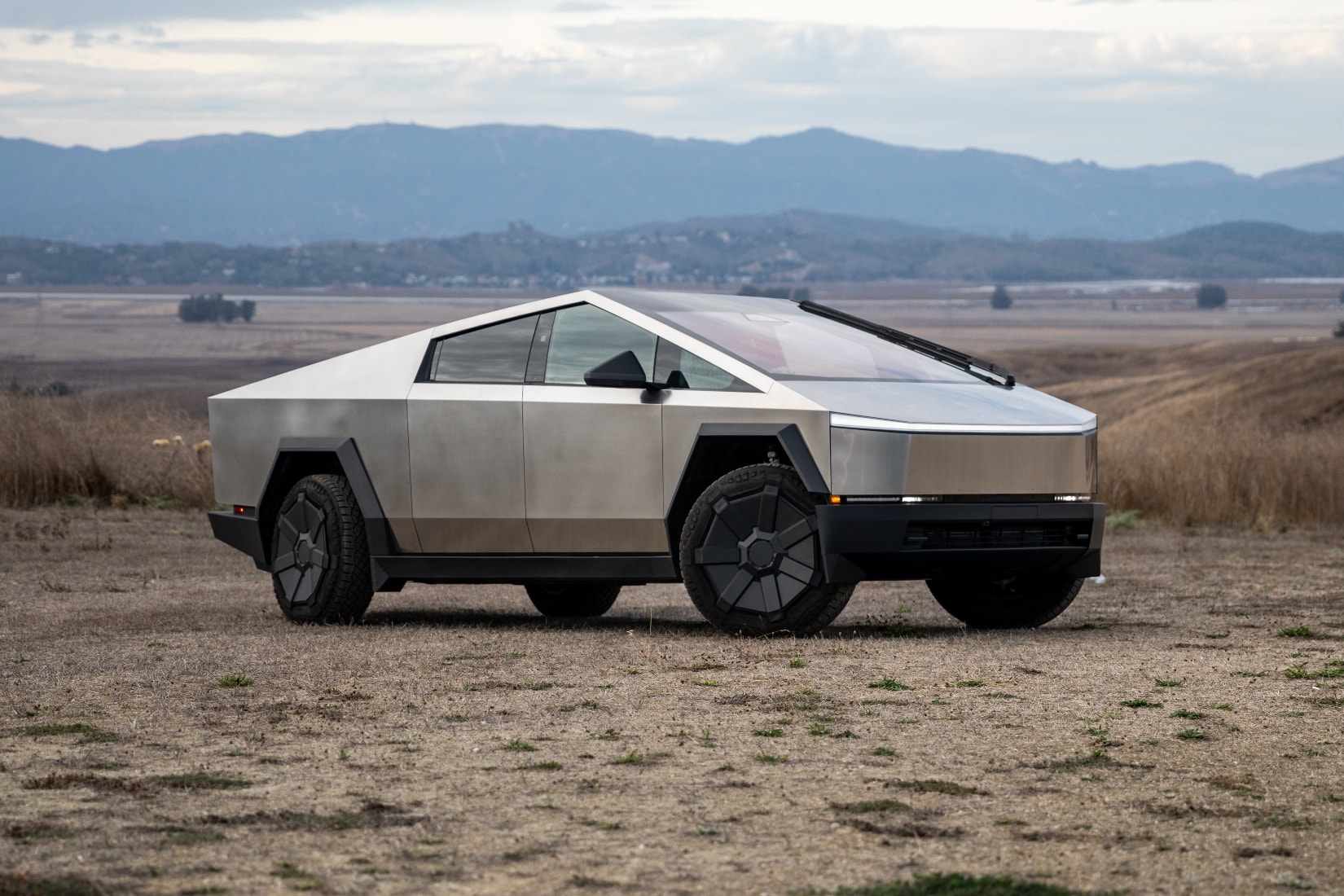
5. Tesla Cybertruck (Upcoming)
Although the Tesla Cybertruck is still in pre-production, the prototype and early demonstrations have generated excitement, particularly regarding its structural integrity.
Unlike Tesla’s other vehicles, the Cybertruck is built using ultra-hard stainless steel, a material that is incredibly strong and resistant to corrosion, offering a level of durability rarely seen in modern vehicles. The design of the Cybertruck, with its angular and geometric look, is not only a bold statement but also reflects the vehicle’s focus on ruggedness and durability.
The stainless steel used in the Cybertruck’s construction is so strong that it can reportedly withstand impacts that would dent or scratch most traditional car bodies. This toughness promises a rock-solid build that is almost impervious to the usual wear and tear that comes with everyday use.
Early test models have shown that the vehicle can endure harsh conditions without compromising its structural integrity, giving potential buyers confidence in its long-term durability.
While it remains to be seen how the Cybertruck will perform in real-world conditions once production begins, early demonstrations suggest that it will be one of the most robust and well-built vehicles in Tesla’s lineup.
With a heavy-duty design meant for off-road adventures and tough environments, the Cybertruck is expected to set new standards for ruggedness and strength.
5 Tesla Models with Endless Rattles
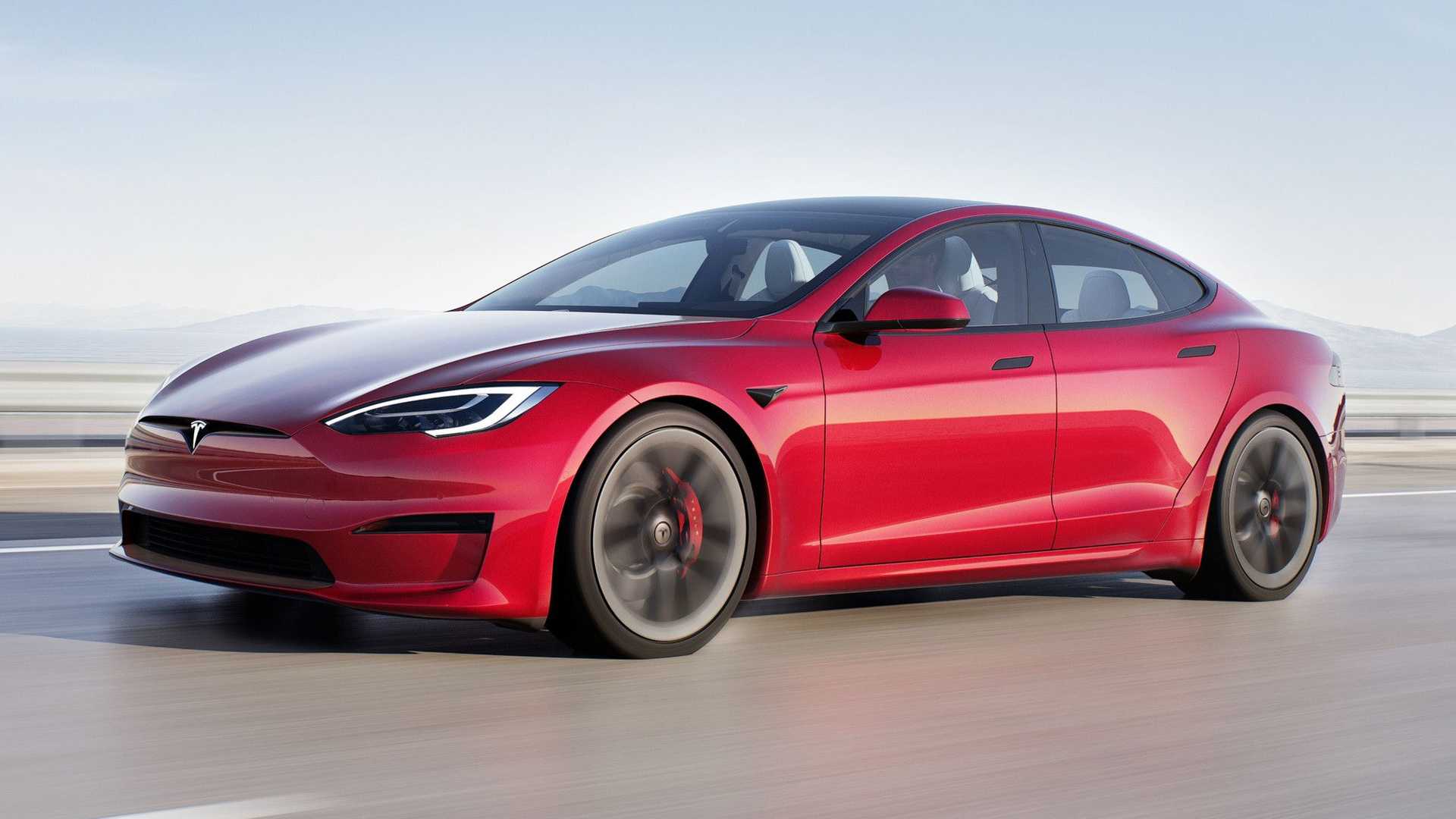
1. Tesla Model S (2012-Present)
While the Tesla Model S is often regarded as a technological marvel, early versions of this luxury sedan were not immune to the build quality issues that plagued many of Tesla’s first-generation vehicles. In particular, the first few years of production (2012-2014) were notorious for rattles, squeaks, and general fit-and-finish problems.
As Tesla ramped up production to meet demand, issues with interior trim pieces, door panels, and even the windshield seal became apparent, leading to an unrefined driving experience for many early owners.
The rattling problem was especially prevalent in the cabin, where owners reported that noises emanated from various areas, including the sunroof, dashboard, and door panels. The high-tech, minimalist interior design of the Model S, while visually appealing, did little to mask the sound of squeaking plastic and rattling metal components.
Some drivers also complained about a lack of insulation, which made road noise more noticeable and added to the sense of cabin instability. Even though Tesla worked hard to address many of these issues through production updates, the legacy of these early rattles remained, especially in cars that hadn’t received the later improvements.
Over time, Tesla refined the Model S, addressing many of the rattles and squeaks that had initially been a problem. However, even in newer models, there have been reports of persistent noise from the interior trim or other parts of the cabin.
While Tesla’s cars have improved in terms of build quality, the Model S, with its high-performance capabilities and large battery pack, continues to experience occasional rattles, particularly on rougher roads or after several years of use.
For those with sensitive ears or a preference for a perfectly quiet ride, these persistent issues can be quite frustrating. Though the Model S still represents Tesla’s flagship, its early and mid-cycle models are best avoided if rattles are a major concern.

2. Tesla Model 3 (2017-Present)
When the Tesla Model 3 launched in 2017, it was hailed as an affordable electric vehicle that brought the Tesla experience to a broader audience.
Unfortunately, it was also widely known for its quality control issues, particularly when it came to rattles and squeaks in the interior. As Tesla scaled up production, the initial excitement over the car’s performance and range was tempered by complaints from owners regarding persistent interior noises.
These rattles often came from the dashboard, center console, and door panels. Many early adopters reported that the cabin was not as tightly assembled as they had hoped for a vehicle of its price point, and the rattles were especially noticeable when driving over bumps or uneven surfaces.
One of the main sources of the rattling in the Model 3 was the plastic trim and interior components, which many owners noted felt flimsy compared to more established luxury brands.
The minimalist design of the Model 3, which relies on a few well-placed materials and surfaces, might look sleek, but it doesn’t always translate to a rigid structure that minimizes noise.
The infotainment screen, while impressive in terms of functionality, also introduced more opportunities for rattles. Owners found that the screen would sometimes vibrate or make noise when the vehicle was in motion, further adding to the sense of an unrefined driving experience.
Even as Tesla improved the fit and finish of the Model 3 in later production years, issues with rattling persist in certain models. Problems like loose door seals, poorly aligned panels, or even an improperly fitted front trunk (frunk) can cause annoying noises over time.
For some owners, these issues may not be immediately noticeable, but they tend to crop up after the car has been driven for a while, particularly in areas with rougher roads.
While Tesla continues to refine its manufacturing processes, the Model 3 still suffers from some rattles and squeaks, which can be a dealbreaker for those who expect a perfectly quiet cabin in an everyday commuter vehicle.
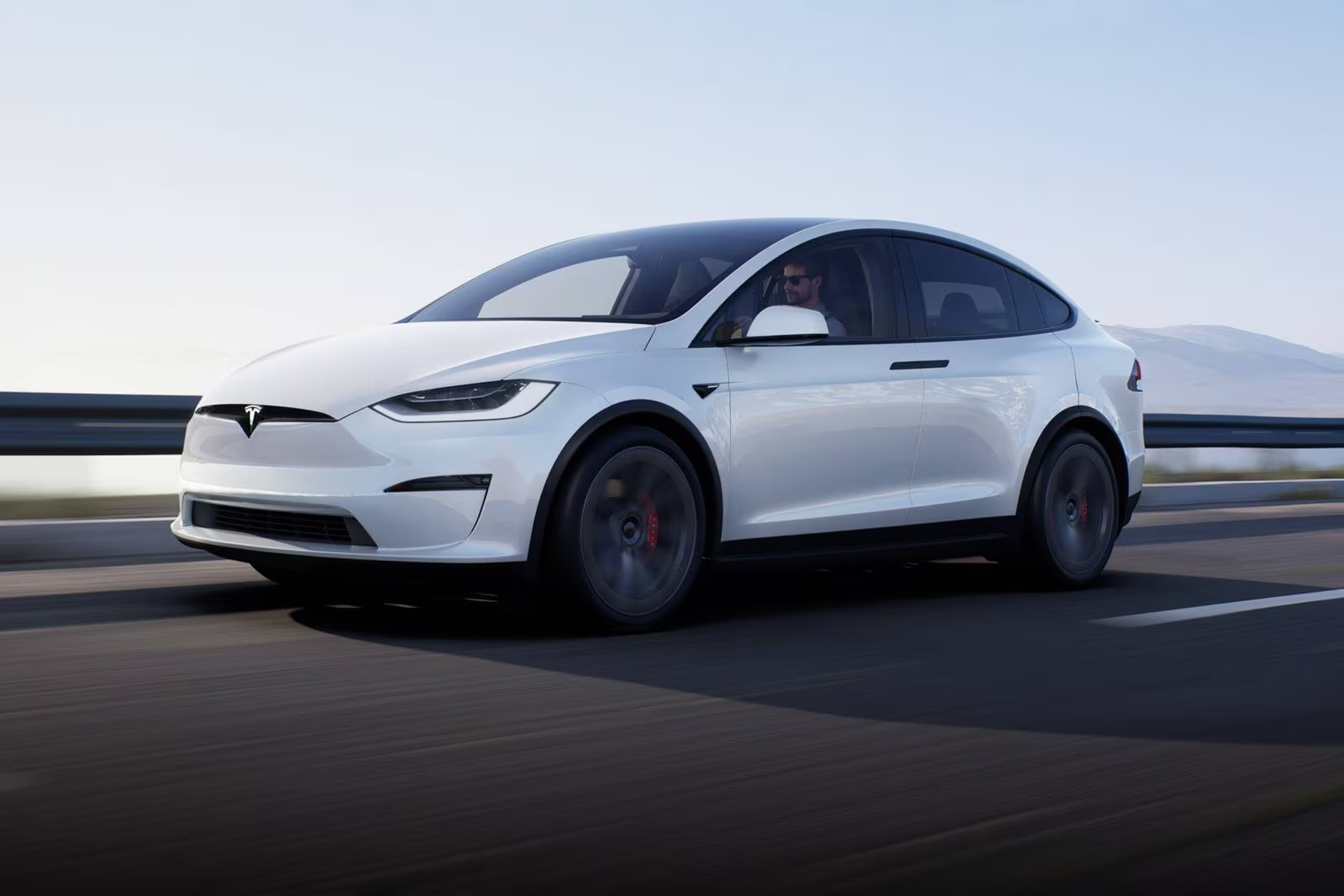
3. Tesla Model X (2015-Present)
The Tesla Model X, the brand’s all-electric SUV, was first introduced in 2015 and quickly garnered attention for its unique Falcon-wing doors and other futuristic features.
However, the Model X was far from perfect in terms of build quality. The most notable issues stemmed from the car’s complex door mechanisms and their tendency to develop rattles or squeaks over time.
The falcon-wing doors, which open upward in a distinctive manner, are a technological marvel, but they come with a set of challenges that led to complaints about noise. In many cases, the doors themselves would rattle as they were opened or closed, and in some instances, the motors responsible for their operation would make unpleasant sounds.
Beyond the Falcon Wing doors, the Model X also suffered from other rattles that plagued its cabin. The large glass roof, while visually striking and offering an incredible view of the sky, introduced some new challenges in terms of noise. Over time, the glass could expand or contract based on temperature changes, causing it to rub against the frame of the vehicle and create rattles.
The Model X’s interior, while spacious and well-appointed, also had a reputation for producing excessive squeaks from its plastic and trim pieces.
As with other Tesla vehicles, owners would often report rattling noises coming from the dashboard, center console, or door seals. Many of these issues arose because the interior materials used in the Model X, while luxurious in appearance, didn’t always hold up well over time.
While Tesla made efforts to improve the Model X’s build quality in later production years, issues with rattling and squeaking persisted, particularly in earlier models. Given the complex nature of the Model X’s design, it’s not entirely surprising that issues with rattles and squeaks remain a common complaint.
The Model X is a technological tour de force, but its build quality can still leave something to be desired, especially when it comes to interior noise. For buyers who prioritize a quiet, stable ride, these rattles can detract from the experience, even if the car excels in other areas like performance and utility.
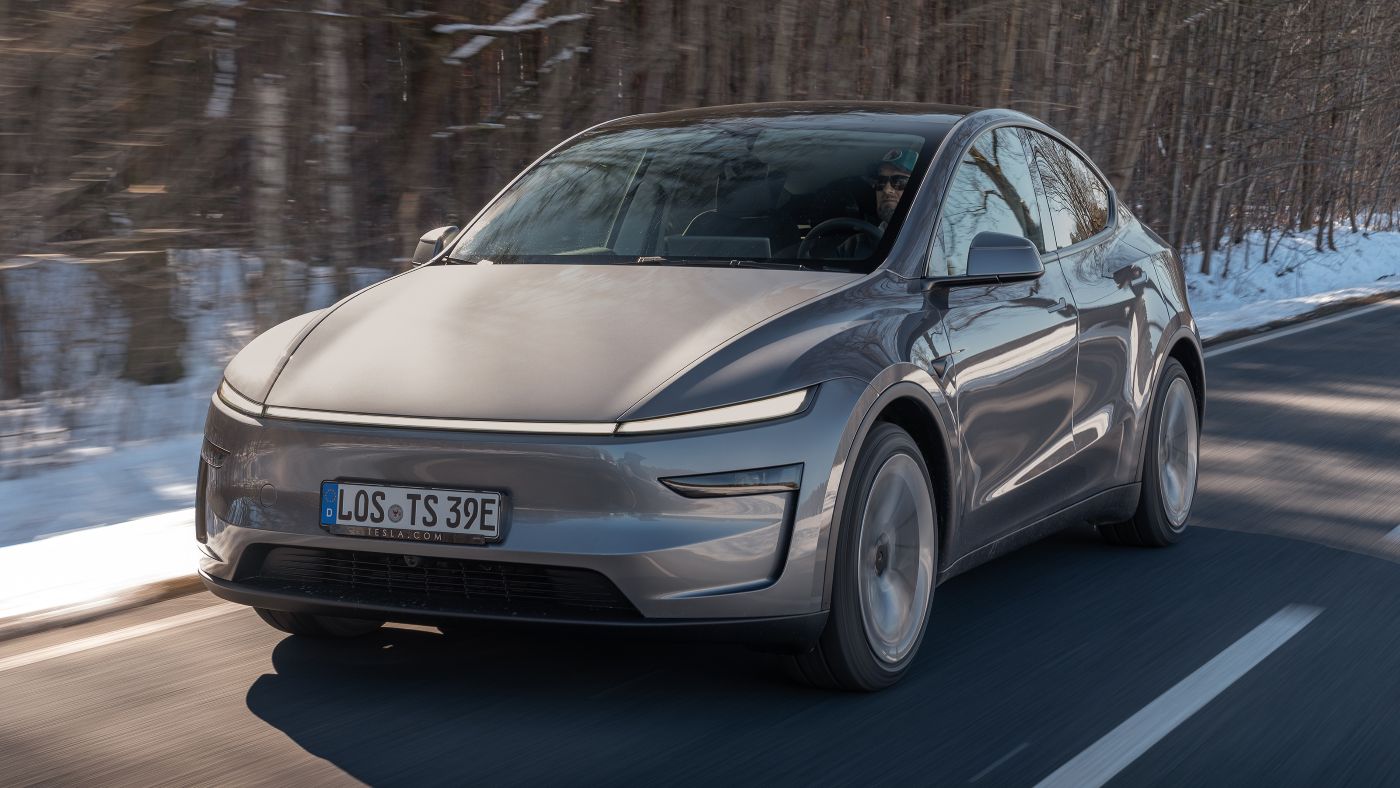
4. Tesla Model Y (2020-Present)
The Tesla Model Y, a compact SUV that shares many components with the Model 3, has similarly been plagued with build quality issues since its debut. While the Model Y offers impressive range, technology, and performance, it suffers from many of the same rattling problems as the Model 3.
Early production models of the Model Y were especially known for having poorly fitting interior panels, with numerous reports of rattles coming from the dashboard, door panels, and center console.
The issue seemed to stem from the relatively low-cost materials used in the interior construction, which were not always tightly secured. This lack of attention to detail meant that Model Y owners often found themselves dealing with annoying noises that were not typical in vehicles from more established manufacturers.
The high-tech features of the Model Y, such as the large touchscreen and minimalist dashboard, didn’t help mitigate the problem. Because of the simplicity of the interior design, rattles and squeaks in the car’s plastic and metal components were more noticeable.
Unlike more traditionally built cars, where the materials may be softer or better insulated, the hard surfaces in the Model Y tend to amplify any noise, making the rattling issue much more apparent.
Whether it was the plastic trim around the window sills or the central armrest, owners complained that the build quality of the Model Y just didn’t meet the high standards expected of a modern luxury SUV.
Although Tesla has improved production processes over time, the Model Y continues to have reports of rattling, especially in areas with rough roads or after extended driving. The cabin may feel solid at first, but after several months or years of use, the vehicle may start to develop squeaks, particularly in the rear of the vehicle.
As the car ages, rattles and squeaks tend to become more prominent, often leading to frustration among owners who might expect more from a car that is priced at a premium. While the Model Y offers an incredible driving experience, those sensitive to interior noise may find the rattles to be a persistent annoyance.

5. Tesla Cybertruck
Though it has yet to enter mass production, the Tesla Cybertruck is already generating a great deal of buzz. The vehicle’s distinctive exterior design, made of ultra-hard stainless steel, has drawn both praise and concern.
While the Cybertruck’s rugged exterior is designed to be nearly indestructible, the jury is still out on how the truck will fare in terms of interior build quality.
Given the complex materials and unique manufacturing processes that Tesla is employing, there are concerns that the Cybertruck may develop rattles or squeaks, particularly in the cabin. The minimalist interior, which takes inspiration from other Tesla models, may not offer the soundproofing and insulation that is typically found in more established off-road vehicles.
Early prototypes of the Cybertruck have already shown that the cabin’s construction could be an area of concern, with some testers reporting that the materials didn’t always fit together as tightly as expected.
If these issues persist in production models, the Cybertruck could end up being a noisy vehicle, with rattles and squeaks coming from areas like the dashboard, doors, or roof.
The challenge with the Cybertruck will be balancing its rugged, utilitarian design with the high standards of refinement that some owners will expect from a Tesla vehicle.
If Tesla is unable to adequately address these issues, the Cybertruck could join the ranks of Tesla models known for endless rattles, which would detract from its otherwise tough and capable reputation.
Also Read: 5 Kia Models That Surprise With Longevity And 5 That Fail Early
In the evolving world of electric vehicles, Tesla has set the bar high for both performance and technological innovation. The company’s electric drivetrains, advanced self-driving capabilities, and software updates have reshaped how we think about the automotive industry.
However, as with any rapidly growing company, Tesla has faced growing pains, and in the case of build quality, these pains have been especially noticeable in the form of rattles and squeaks that have plagued several of its models over the years.
The issue of rattles in Tesla vehicles is a reminder that even the most revolutionary technologies are not immune to the realities of mass production. Despite the groundbreaking work Tesla has done with electric propulsion systems and autonomous driving, the company has struggled at times to match these feats with the same level of excellence in manufacturing.
For early adopters of models like the Model S and Model X, the excitement of driving a cutting-edge electric vehicle was often overshadowed by annoying rattles from poorly aligned panels, flimsy interior trim pieces, and even issues with the iconic Falcon-wing doors.
These early quality control issues earned Tesla a reputation for inconsistency, with some vehicles feeling solid and well-made, while others fell short of expectations, particularly in terms of interior noise and rattling.
However, as the company’s production processes evolved, so did the quality of its vehicles. By listening to customer feedback and focusing on improving manufacturing techniques, Tesla was able to address many of the concerns that plagued its earlier models.
The Tesla Model 3, which initially struggled with build quality issues, has become one of the most reliable and well-built models in Tesla’s lineup, showing that the company has learned valuable lessons from its past mistakes.
The Model S, once criticized for its interior noise and loose components, now stands as a testament to Tesla’s ability to refine and improve its vehicles over time.
These updates have shown that Tesla is fully capable of creating cars that feel rock-solid and refined, even in its most affordable models like the Model 3 and Model Y.
Yet, while progress has been made, the issue of rattles still lingers for certain models. Even in later iterations of the Model X, Model S, and Model 3, some drivers continue to experience interior noises, particularly when driving on rougher roads or after years of ownership.
As Tesla’s vehicles age and encounter new wear and tear, the rattles that might have once been less noticeable become more pronounced, affecting the driving experience. These issues underscore the challenges that Tesla still faces as it strives to maintain a balance between cutting-edge technology and traditional automotive craftsmanship.
Looking ahead, Tesla’s ability to address these persistent issues will be critical to its long-term success. With the upcoming release of the Tesla Cybertruck, which has already stirred excitement and skepticism, it will be fascinating to see how Tesla applies the lessons it’s learned in terms of build quality.
As Tesla continues to evolve and mature as a manufacturer, it will need to ensure that its vehicles not only perform exceptionally but also offer a driving experience that is free from the distractions of rattles and squeaks.
Tesla has certainly made great strides in improving the build quality of its vehicles. For every Tesla model that suffers from rattles and squeaks, there’s another that exemplifies the brand’s capacity for innovation and refinement. While rattles may continue to be a concern for some buyers, those looking for a rock-solid Tesla experience have a growing number of options.
As Tesla fine-tunes its manufacturing processes and focuses on quality control, the future looks bright for those who want a seamless and durable driving experience in one of the most advanced cars on the road.

